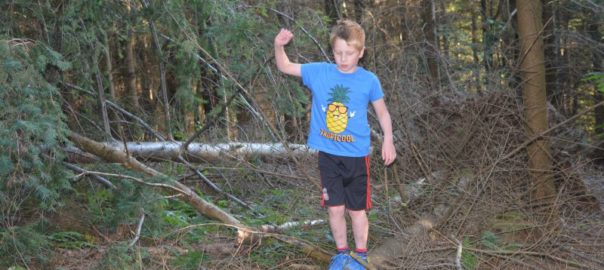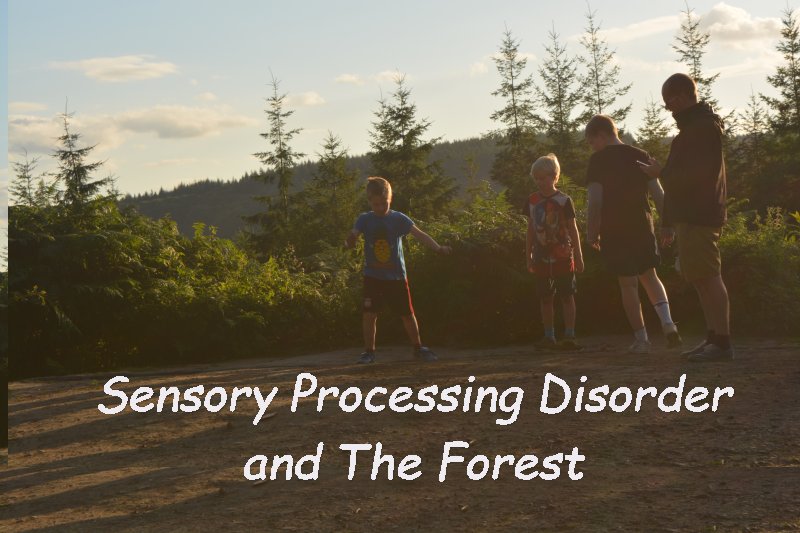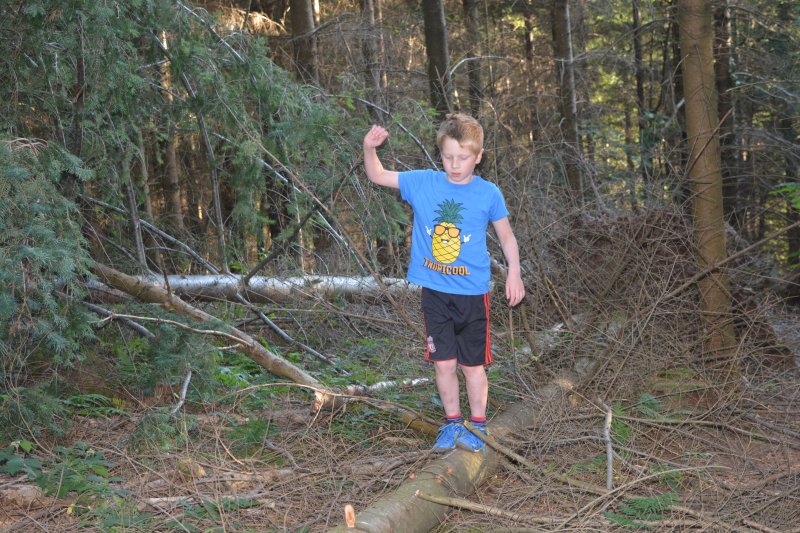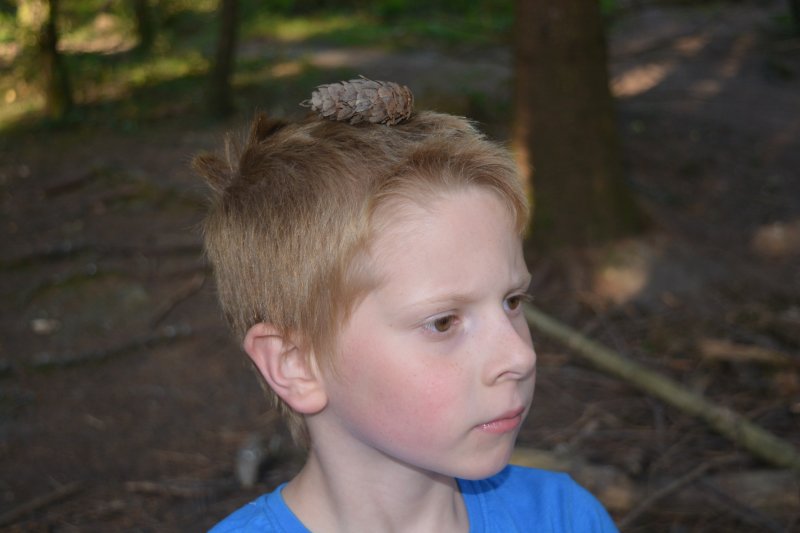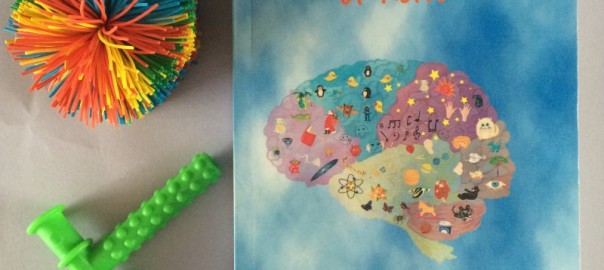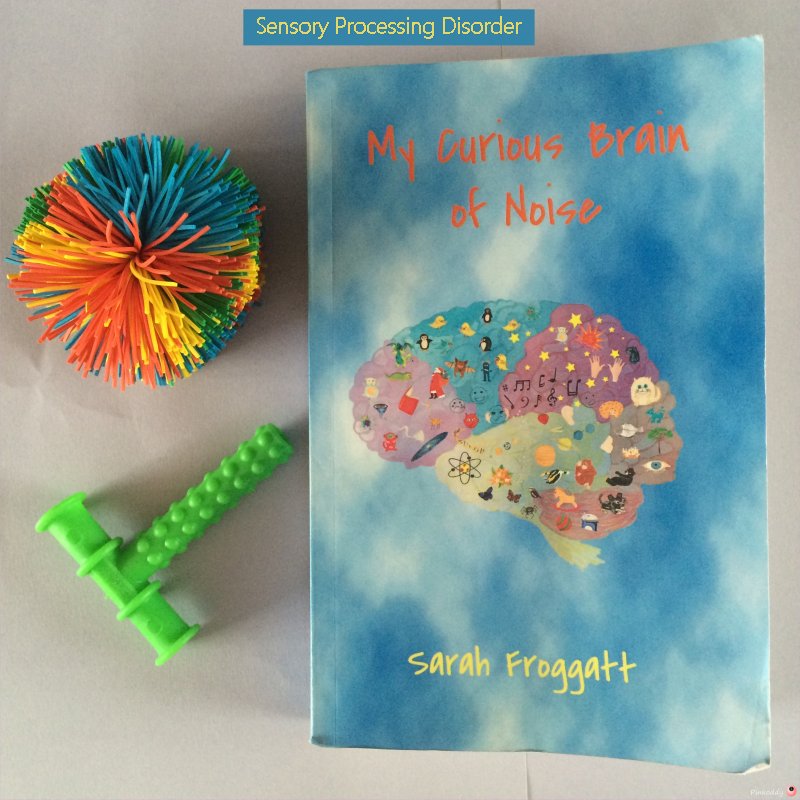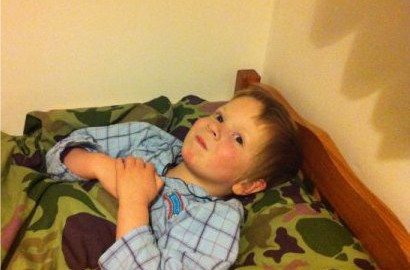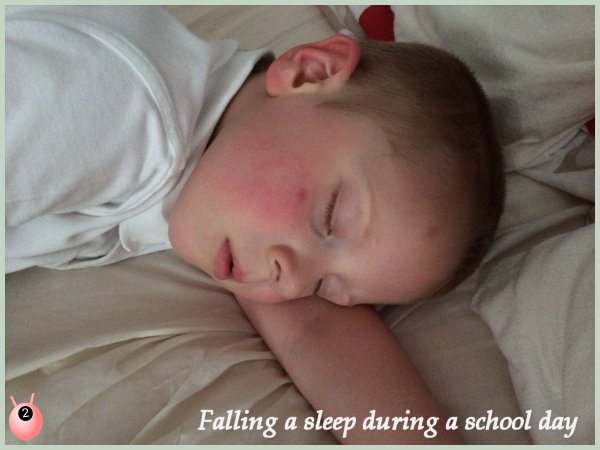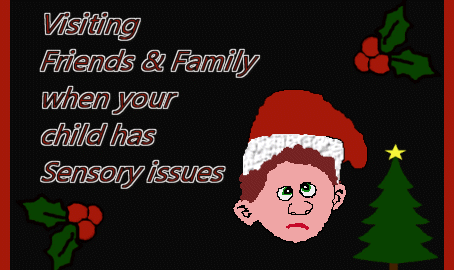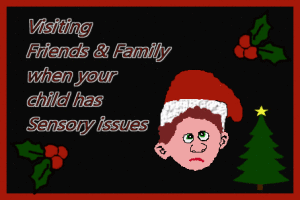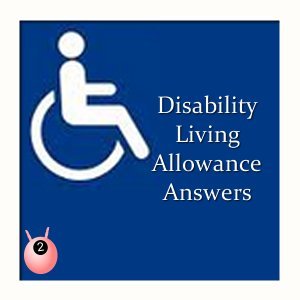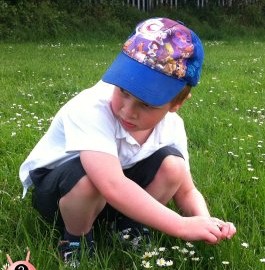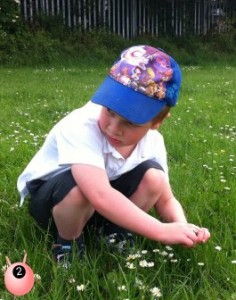Sensory Processing Disorder appears to be on the rise here in the UK and so is the ever growing of information about it. Therefore it made sense to share with you some great blog post from other UK Bloggers who write about Special Needs . It is not just individuals with Sensory processing disorder who struggle with sensory issues but those with autism, downs syndrome and other cognitive and learning difficulties. The reasons why their difficulties may occur may be slightly different – but the advice and the support does cross over.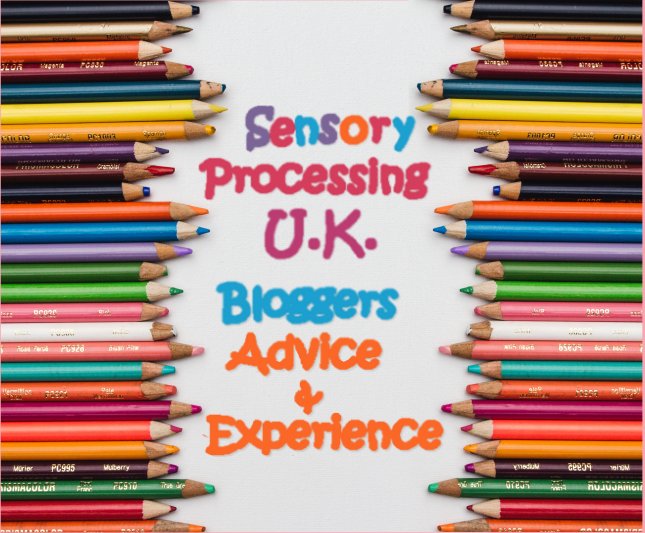
What is Sensory Processing Disorder from Special Needs UK Bloggers
My understanding of sensory processing disorder is that it is an issue where the brain’s filter on the senses cannot quite cope – either letting in too much or not enough of each of the sensory inputs. That this can change the individual from sensory seeking to sensory avoiding each time they encounter the senses. That Sensory Processing disorder is hugely unpredictable – this is described well in Brody, Me & GG’s post The Unpredictability of Sensory Processing Disorder
Advice from Special Needs UK Bloggers for Sensory Issues
Actually what we need to do is just look at each individual and try to figure out how best to make things better for them. That it is the way we look at things – which is exactly what I feel Ordinary Hopes conveys in her post Autism is not the Problem.
This is what I have hoped to achieve in posts such as helping with problems such as brushing teeth, hair care and wearing clothes.
Down Side Up has also written about teeth with special needs, including a visit to the dentist and hairdressing tips for kids with Special needs; whilst Steph’s Two Girls has written about Sensory Issues with Clothes in relation to her daughter with PDA (a form of Autism).
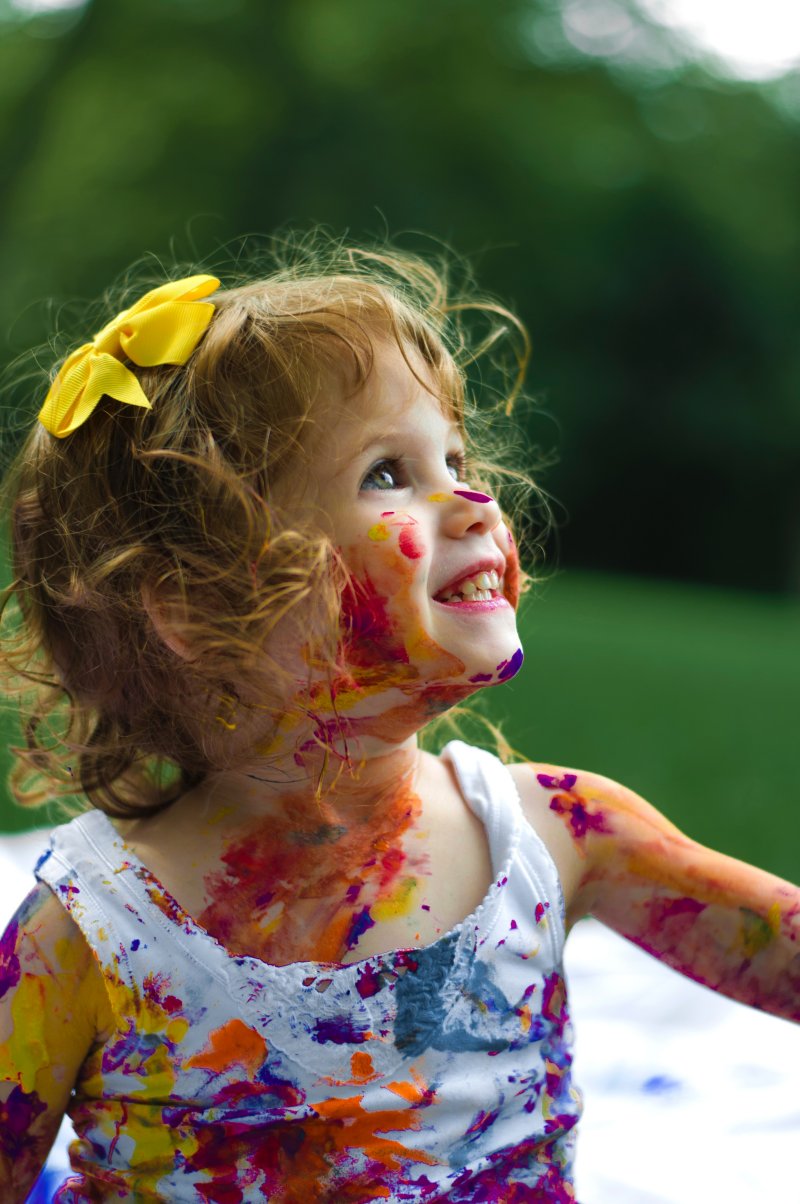
Sensory Difficulties in an Educational Setting – advice from Special Needs UK Bloggers
Autism with Love writes about The Coke Bottle Analogy of Being at School with Sensory Processing Disorder. Comparing how a lack of the correct sensory diet at school can be likened to keep giving the bottle of coke a shake – so of course it will explode if you try to open it at the end of the day. But Starlight and Stories reminds us that funding is tight in education and that teachers are generally facing the same battles as we are, giving top tips for working with teachers and instead also offers us ways of Reducing Sensory Overwhelm in the school setting (see also my post Sensory Processing Disorder and help at school). Whilst Autism with Love shares her Sensory Processing Disorder Tips and Advice of things that have helped her daughter.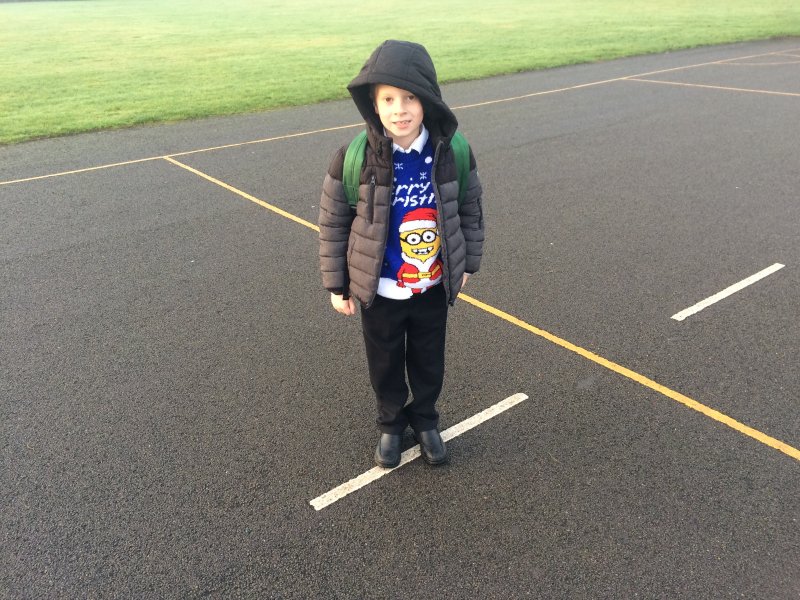
I would love to know if you have read any Sensory Processing Disorder posts from UK Bloggers – or if you are one and would like to be added to the resource post then please do get in touch. Are there any topics you feel that as Sensory Processing Disorder UK Bloggers we have not covered?

